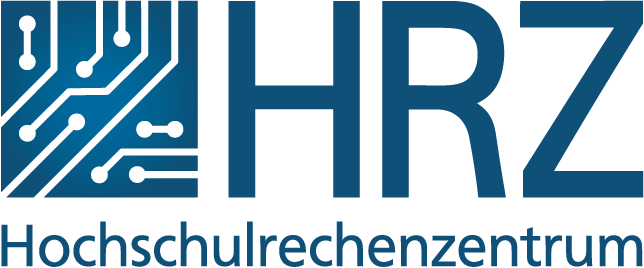Notice regarding Hessenbox DA
The Hessenbox DA service has been discontinued.
Please use the new successor service, next.Hessenbox, for your file storage and secure data exchange.
For more details, please refer to the official announcement by the University Computing Centre.

